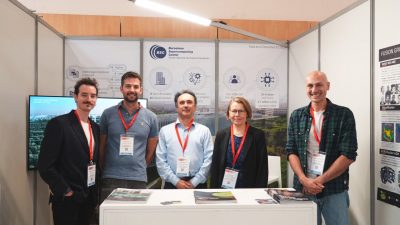
From May 12 to 16, the 2025 JOREK general meeting was held in Naples, Italy. Nicola Isernia and colleagues from the Federico II University of Naples organized the logistics for hosting the meeting. The meeting was held in the Federico II Congress Center, via Partenope, 36, just in front of the sea and below the wonderful lookout of Pizzofalcone and very close to the historical city center of Naples.
From our research group, Federico Cipolletta, participated in the event to share the work he performed in the JOREK code.





